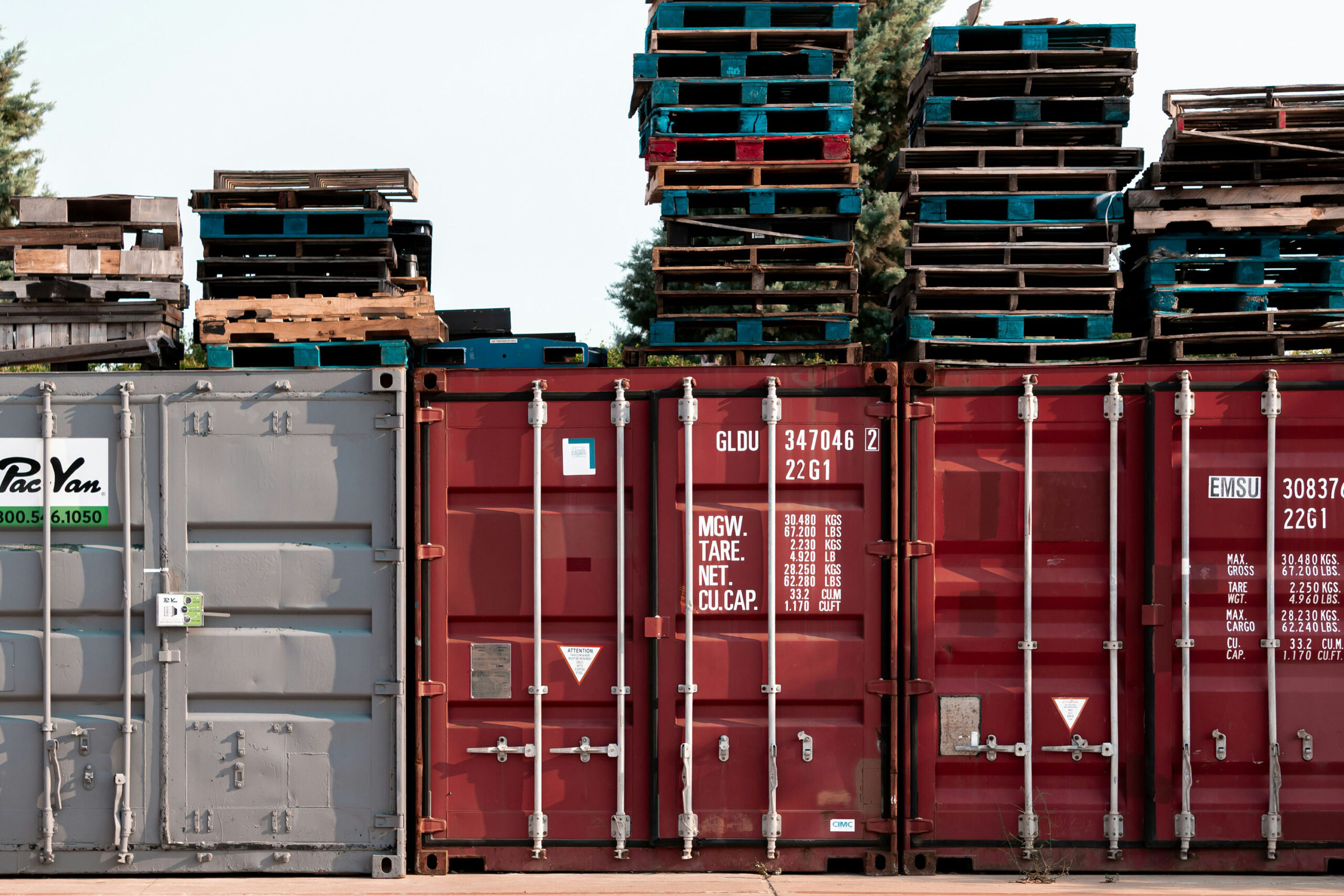
Unlocking the Dimensions: A Deep Dive into Shipping Containers
In a world where global trade and transportation reign supreme, one of the unsung heroes facilitating this interconnectedness is the humble shipping container. These metal behemoths serve as the backbone of logistics, seamlessly ferrying goods across oceans, continents, and borders. Yet, amidst their ubiquity, the intricate details of their dimensions often remain overlooked.
Exterior Dimensions: The Fortress on Wheels
Picture a rectangular prism forged from steel, designed to withstand the rigors of maritime voyages and the perils of rough handling. This is the quintessential image of a shipping container. The standardization of these dimensions has revolutionized global trade, offering a uniform platform for the efficient movement of goods.
The most prevalent dimensions for shipping containers are standardized by the International Organization for Standardization (ISO). The two primary variants are the 20-foot and 40-foot containers. Let’s delve into their exterior dimensions:
20-Foot Container:
Length: 20 feet (6.06 meters)
Width: 8 feet (2.44 meters)
Height: 8 feet 6 inches (2.59 meters)
40-Foot Container:
Length: 40 feet (12.2 meters)
Width: 8 feet (2.44 meters)
Height: 8 feet 6 inches (2.59 meters)
Beyond these standard sizes, there are variations like high-cube containers, which offer increased height for voluminous cargo. High-cube containers typically have a height of 9 feet 6 inches (2.9 meters). Additionally, there are specialized containers tailored for specific cargo types, such as open-top containers for easy loading of oversized items or flat-rack containers for bulky machinery.
Interior Dimensions: Where Efficiency Meets Capacity
While the exterior dimensions provide a sturdy shell, it’s the interior space that truly matters for cargo capacity. Here, the goal is to maximize efficiency without compromising structural integrity. However, the dimensions may vary slightly due to structural components like corner posts and insulation. Let’s explore the interior dimensions of the standard containers:
20-Foot Container:
Length: 19 feet 4 inches (5.89 meters)
Width: 7 feet 8 inches (2.33 meters)
Height: 7 feet 10 inches (2.38 meters)
40-Foot Container:
Length: 39 feet 5 inches (12 meters)
Width: 7 feet 8 inches (2.33 meters)
Height: 7 feet 10 inches (2.38 meters)
It’s evident that the interior dimensions are slightly smaller than the exterior due to the thickness of the container walls. However, these dimensions still offer ample space for various types of cargo, from standardized pallets to irregularly shaped items.
Beyond the Dimensions: Adaptability and Innovation
While the standard dimensions set by ISO serve as the backbone of global logistics, the adaptability of shipping containers knows no bounds. Architects, designers, and innovators have repurposed these steel giants into a myriad of structures, from trendy homes and pop-up shops to vibrant art installations.
By understanding the exterior and interior dimensions of shipping containers, we gain insight into the logistical marvel that underpins modern commerce. These dimensions not only dictate the capacity for cargo but also serve as the canvas for innovation and creativity. So, the next time you spot a shipping container, remember, it’s not just a metal box; it’s a vessel bridging continents and shaping the world we live in.
continue reading



